Representations of the Midwest at the 2014 Whitney Biennial

Illustration by Berke Yazicioglu
The Whitney Museum of American Art’s Biennial exhibition is undeniably one of the most high-profile recurring contemporary art events in the United States, and it is one that has consistently provided discussion points for both proponents and critics of the contemporary art world. While the museum-wide show has existed in a biennale format since 1973, it has seen a great degree of scrutiny since the late 1980s, when it was harshly criticized by the feminist art collective Guerilla Girls for its lack of inclusiveness with female artists in their art event Guerilla Girls Review the Whitney. All subsequent biennials have been subject to similar examinations, with each new iteration of the exhibition being statistically compared to previous years’ racial, ethnic and gender demographic breakdowns.
When the Whitney released its finalized roster of chosen artists for its 2014 Biennial this past November, the art world quickly jumped at the opportunity to dissect the list. Hyperallergic swiftly published an article entitled “The Depressing Stats of the 2014 Whitney Biennial,” in which author Jillian Steinhauer refuted the Whitney’s claim of the upcoming exhibition being “one of the broadest and most diverse takes on art in the United States that the Whitney has offered in many years” by offering the representation of female and black artists at 32% and 7.6%, respectively.
In spite of its expected preemptive criticisms, this year’s Biennial is notable for a number of reasons. 2014 will mark the last time that the Whitney presents the exhibition in its iconic Marcel Breuer-designed Brutalist space in upper Manhattan; the museum will move downtown in 2015 to a new location designed by architect Renzo Piano. This year also presents an organizational first for the show, as each of the Biennial’s three curators will be independently responsible for a single floor of the exhibition (past Biennials with multiple curators have been collaborative efforts).
Much of the coverage and discussion surrounding this year’s Biennial has been centered upon the inclusion of a greater-than-usual number of artists from the Midwest, especially Chicago. Commentators have speculated that the degree of Midwest representation in the exhibition could be the result of curatorial ties to the region — Michelle Grabner is a current SAIC faculty member and Chicago-based painter, and Anthony Elms served as the Assistant Director at UIC’s Gallery 400 prior to moving to the University of Pennsylvania’s Institute of Contemporary Art.
The Whitney has not yet released a floor plan for the show, so it remains unknown how exactly the exhibition’s included Midwest artists will be divided between the curators. A New York Times article from February 13 reveals that Anthony Elms’ portion of the show includes contributions from eight Chicagoans — a full third of his twenty-four chosen artists. The article, however, only includes a discussion of two of the curator’s selections (SAIC alumnus Elijah Burgher and Marc Fischer, the administrator of collective exhibitors Public Collectors), which leaves two lingering questions: of the 17 total Chicagoans in the show, where will the remaining nine fall, and which ones have not been included on Elms’ floor?
Regardless of the possible political motivations behind the representation of the Midwest in the 2014 Biennial, the range of selected artists in this year’s show will certainly provide attendees with a variety of new and interesting work to be seen. The roster of Chicagoans includes artists at wildly varying points in their careers working in all different types of media, and many will be showing new work at the exhibition. Most of the artists will be showing their work for the first time at the Whitney, and each has his or her own opinions regarding the surge in Chicago art for this year’s Biennial.
The show has numerous ties to the SAIC community through the inclusion of both current faculty members and alumni of the school’s MFA and BFA programs. Stephen Lacy (MFA 2000), Molly Zuckerman-Hartung (MFA 2007), Alex Jovanovich (BFA 2003), Diego Leclery (MFA 2007), Rebecca Morris (MFA 1994), Joshua Mosley (BFA 1996, MFA 1998), Sterling Ruby (BFA 2002), Pedro Vélez (MFA 1999), Tony Tasset (MFA 1985), Elijah Burgher (MFA 2004) and Tony Lewis (MFA 2012) are all past students of the school, and most will be displaying their work for the first time at the Whitney.
Burgher, who will be showing three works from 2013 along with two new pieces, thinks that the curatorial direction is an organic extension of the curators’ experiences. “Two of the three curators have strong Chicago ties, so I think it’s to be expected that more artists from the Midwest would be included than usual. I doubt it reflects a general desire on the part of the art world for art from Chicago, though; more likely a desire for art from outside of either NY or LA, if anything.” Tony Tasset, who now teaches at UIC, will also be showing a new piece in the exhibition. He, too, is not surprised by the inclusion of Midwestern artists, given the curators’ backgrounds: “I suppose a curatorial decision was made to include an artist and curator from the Midwest. It’s only natural that someone who lives in the Midwest would choose a greater number of artists from the Midwest.”
SAIC faculty in the Biennial include Joseph Grigely, Gaylen Gerber, Philip Hanson, Doug Ischar, and Carol Jackson. For Jackson, the Whitney’s decision to hire curators based outside of New York simply reflects the advantages that their experiences bring to the table. “I think the Whitney chose Midwest curators because of their non-New York provincial awareness that the art world is no longer geographically specific (and because they are great),” said Jackson.“As a result, many otherwise overlooked artists from Chicago were given an opportunity to become visible.”
Grigely, whose work in the exhibition will be an installation based on the archive of art critic Gregory Battcock, thinks that the show’s curatorial direction is simply a natural extension of the individual curators’ individual sensibilities. “I think it’s a curatorial reality,” said Grigley. “So it just happens that so much of this work emanates from Chicago. If we had a pair of LA curators, we’d be seeing a lot of LA art. You want the curators to show their individual predisposition in the Biennial, as that’s what makes it interesting in the end.”
Alongside the multitude of artists with ties to the SAIC community, the Biennial is also set to feature a number of faculty and alumni from other Chicago schools , including Dawoud Bey (Columbia College faculty), Taisha Paggett (Columbia College faculty), Steve Reinke (Northwestern Faculty), Jessie Mott (Northwestern Alumnus) and Catherine Sullivan (University of Chicago faculty). Reinke, for whom it will be the first time he has exhibited at the Whitney, seems fairly confident that the inclusion of Chicagoans is purely a result of the curators.
“There is no demand in the art world to see more Chicago artists. It is because two of the curators have strong ties to Chicago.”
Mott, who worked as a collaborator on Reinke’s piece Rib Gets in the Way doesn’t want to concern herself with labels.
“I don’t feel there should be a stigma attached to identifying as a Chicago artist. There is no center of the art world anymore, and Chicago is a culturally rich place with a vibrant community full of interesting artists with far reaching careers both nationally and internationally.”
Marc Fischer, who serves as the administrator of Public Collectors, a Chicago-based archival group that will be included in the Biennial, seems most squarely focused on the group’s project, rather than the political implications of the curators’ decisions: “Anything I could say would just be speculation. I have no idea how the curators made their selections or how other requests that are made for my work relate to art world trends.” Fischer has established deep ties to Chicago’s music scene, and Public Collectors’ piece on display at the Whitney serves to illuminate the work of the late activist Malachi Ritscher, who immolated himself in 2006 to protest the Iraq War. Malachi was a strong supporter of experimental music in Chicago, and Public Collectors’ piece at the Whitney presents his recordings of various Chicago concerts alongside a free print publication and loaned objects from a multitude of local artists and musicians.
Taisha Paggett is one of several exhibiting artists who works in both dance and performance. While Paggett is pleased with the high number of artists and wide range of media in the Biennial, she still feels that a general lack of diversity is apparent, “I think the curators were definitely interested in mining a broader spectrum of artists (as made evident by the high number of included artists) which is fantastic, not to mention the wider inclusion of performance, but unfortunately it still falls a bit short of what both the ‘art world’ and the ‘world’ beyond its confines is really needing right now, and that is much more work from the perspective of artists of color.”
While much can be said about the Whitney Biennial’s roster of artists and how it may or may not reflect current trends or realities of the contemporary art world, the most important question will remain unanswered until the exhibition opens on March 7: is the show any good? Exhibitions of the Biennial’s size are guaranteed to provide commentators with something to critique, but with the range of artists displaying their work, there will hopefully be something to celebrate as well.
Editor’s note: An earlier version of this article incorrectly identified Marc Fischer from Public Collectors as the cofounder of SKiN GRAFT Records. SKiN GRAFT’s cofounder is Mark Fischer.

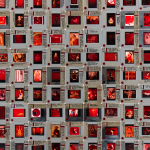

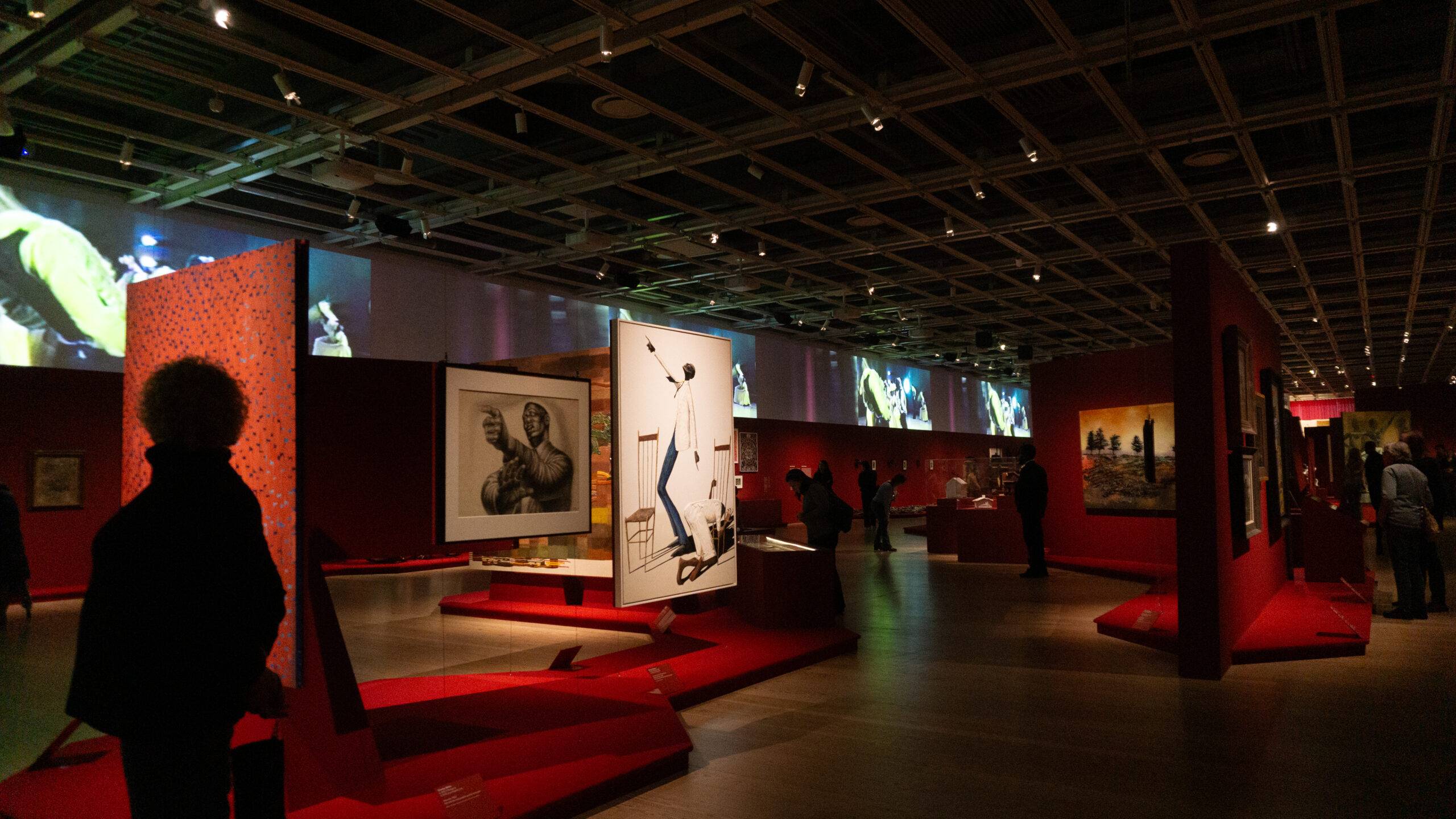

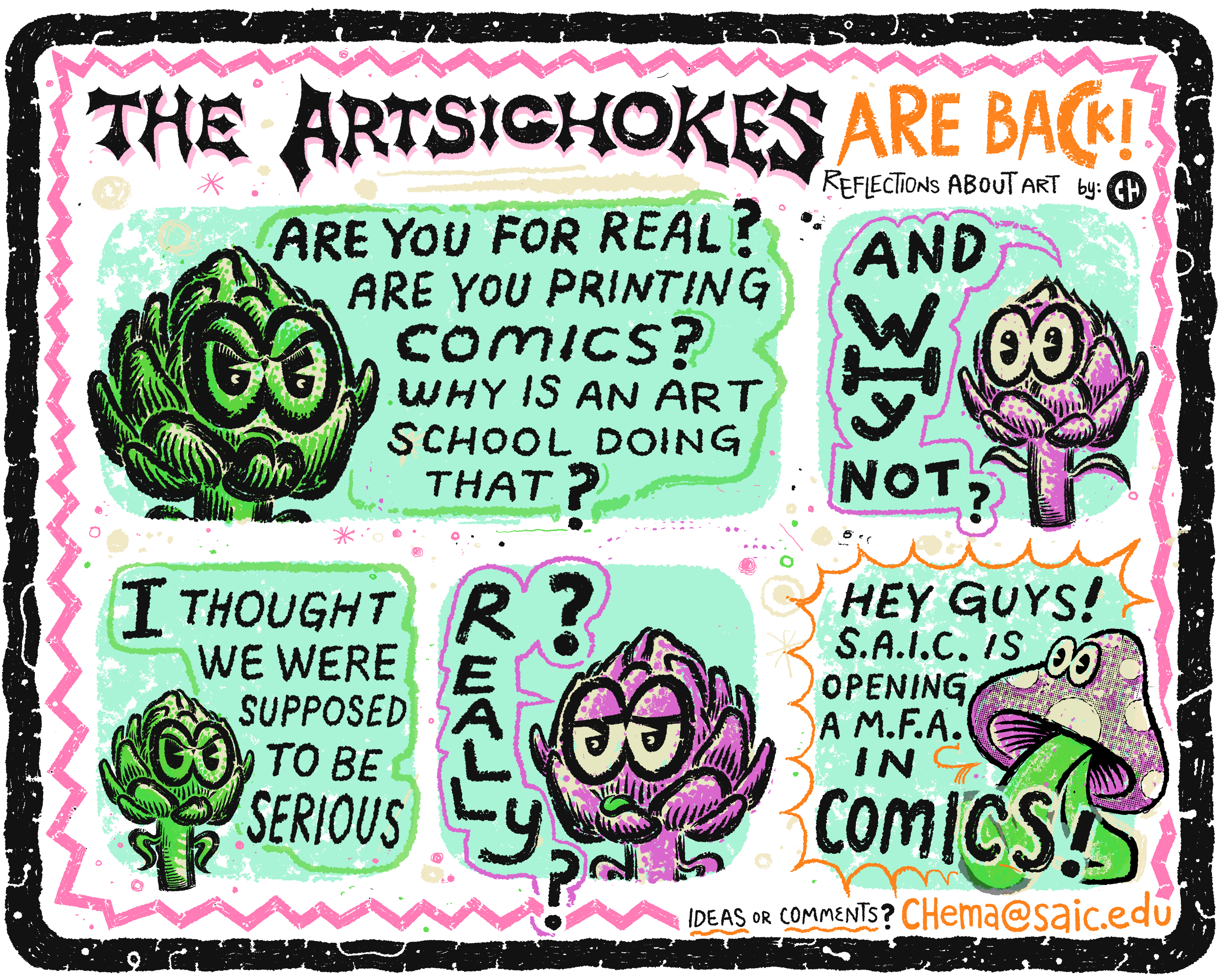





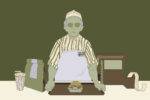




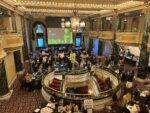




Please note that I bear no relation to Mark Fischer who runs Skin Graft records. He is a very nice guy who has released some excellent music, but we are not the same person. A correction would be appreciated. Thanks!